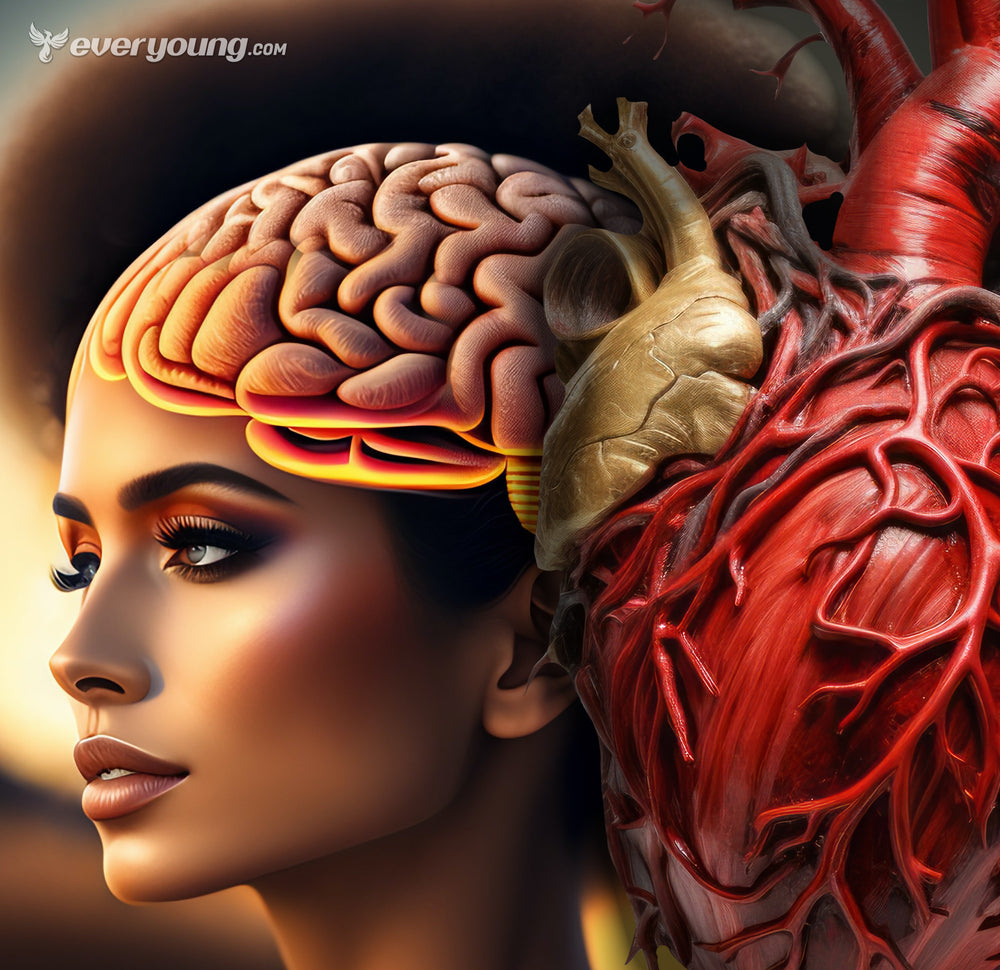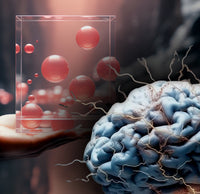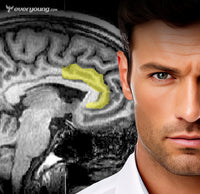2. Glucose, Insulin, and Brain Health
The brain consumes approximately 20% of the body's energy, primarily glucose, making it highly sensitive to glucose and insulin fluctuations. Insulin facilitates glucose uptake in peripheral tissues and the brain, influencing cognitive processes and mood.
Insulin Resistance and Neurodegeneration
Prolonged periods of high glucose and insulin levels can lead to insulin resistance, a condition where cells become less responsive to insulin. This resistance can also develop in the brain, impairing glucose metabolism and leading to energy deficits. Due to its metabolic underpinnings, insulin resistance in the brain has been implicated in the development of Alzheimer's disease, often referred to as "Type 3 diabetes."
Studies have shown that insulin resistance exacerbates the accumulation of amyloid-beta plaques and tau protein tangles, hallmarks of Alzheimer's disease, thereby promoting neurodegeneration (Steen E. et al., "Impaired insulin and insulin-like growth factor expression and signaling mechanisms in Alzheimer's disease – is this type 3 diabetes?" Journal of Alzheimer's Disease, 2005).
Glycemic variability and cognitive decline
Frequent fluctuations in blood glucose levels, known as glycemic variability, have been associated with increased oxidative stress and inflammation, contributing to cognitive decline and the development of dementia. A study published in the journal "Neurology" (2018) found that individuals with higher glycemic variability were likelier to exhibit neurodegeneration markers than those with stable blood glucose levels.
The Protective Role of Cardiovascular Activities and Healthy Eating Regular cardiovascular exercise and a healthy diet are critical strategies for modulating glucose and insulin levels and promoting brain health.
- Cardiovascular Exercise. Physical activity increases insulin sensitivity and enhances glucose uptake by muscles, reducing the need for high circulating insulin levels and lowering the risk of insulin resistance. Furthermore, as discussed in the article, cardiovascular exercise stimulates the release of neurotrophic factors, such as BDNF, which supports neuronal growth and survival. A landmark study published in the "Journal of the American Medical Association" (JAMA) demonstrated that older adults who engaged in regular physical activity showed a reduced risk of developing Alzheimer's disease. The study highlighted that even moderate levels of physical activity were associated with a lower incidence of cognitive decline (Larson EB et al., "Exercise is associated with reduced risk for incident dementia among persons 65 years of age and older," JAMA, 2006).
- Healthy Eating. Diets low in refined sugars and high in healthy fats, fiber, and antioxidants can stabilize blood glucose levels and reduce inflammation. The Mediterranean diet, rich in vegetables, fruits, whole grains, and healthy fats, has lowered the risk of cognitive decline and Alzheimer's disease. A study published in "Neurology" (2017) found that adherence to the Mediterranean diet was associated with slower rates of cognitive decline and a reduced risk of transitioning from mild cognitive impairment to Alzheimer's disease.
Regulating glucose and insulin levels through cardiovascular exercise and healthy eating plays a critical role in maintaining brain health and mitigating the risk of neurodegenerative diseases like Alzheimer's. These lifestyle factors influence insulin sensitivity, reduce inflammation, and promote the release of neuroprotective factors, collectively supporting cognitive function and brain resilience over time. At the Everyoung.com Research Centre, we have repeatedly seen empirically and found concrete information in the scientific material that underscores the importance of integrating regular physical activity and nutritional mindfulness as a holistic approach to preventing cognitive decline and fostering long-term brain health. That is why it is significant in our Everyoung Health Method.








